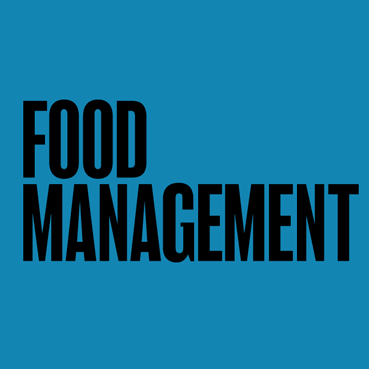Rolling in Dough
December 1, 2004
FM Staff
 Almost nothing beats fresh baked bread, rolls and other bakery products when it comes to stimulating the appetites of customers. One whiff of that familiar, fresh aroma and people are ready to buy and to eat!
Almost nothing beats fresh baked bread, rolls and other bakery products when it comes to stimulating the appetites of customers. One whiff of that familiar, fresh aroma and people are ready to buy and to eat!
But while bread is one of the simplest of foods—its basic ingredients are only flour, yeast, water and salt—it can be anything but simple to produce in sufficient, high-quality quantities. And unless you have the facilities, skilled labor and demand to support a from-scratch bakery operation, you will almost always find yourself relying instead upon the wide variety of frozen dough products on the market today.
Frozen dough is available in three basic forms. Raw dough may be supplied in bulk or in portions, ready for further shaping. Shaped or bake-andserve dough products have already been proofed and partially baked, usually just enough to hold their shape. Typically, these items let you skip the proofing and panning steps of baking. Thaw-and-serve items are fully baked—all you have to do is thaw and reheat them and they're ready to go.
Even though frozen dough products are very convenient, you still have to follow the directions carefully. Pay special attention to a product's specific recommendations for thawing and proofing. Don't assume that similar products have identical requirements.
Finally, it's worth noting that smart operators "customize" many of these convenience products, e.g., by applying egg wash prior to baking, adding toppings, scoring the surface of formed items to create distinctive signature patterns, etc. Such touches add value and can help increase price points.
Here are some of the most common forms in which frozen dough is available, along with typical pack sizes and storage information:
Bread Dough is usually preportioned and ready to finish, with a freezer life of 60-120 days. It's available in oblong loaf sizes from 6 oz. (demi loaves) to 27.5 oz. with some alternate size, like round loaves, also available.
Bread Stick Dough is usually provided in 12" sticks, ready to finish, with 240 ct. to the pack. Different dough types (Bavarian, etc.) are available, including some with cheese flavoring.
Croissant Dough is supplied raw, shipped in pre-portioned squares, sheets and blocks, usually in 84 ct. packs. Individual triangles range from 2.4 oz. to 3.5 oz.
French Roll Dough comes in portioned IQF balls, 1.35 or 2.5 oz. each, packed 180 ct. to the case.
Italian Roll Dough is available in IQF rectangles between 1.9 oz. and 7.5 oz., with pack sizes between 54 and 204 ct. Varieties include submarine, torpedo, wheat, white, French, Italian and club styles.
Phyllo Dough is shipped in very thin, rectangular sheets, packed 10 to 20 together, sometimes with wax paper separators. Sizes range from 9 x 13" to 28 x 40" and between 12 and 30 stacks to the pound.
Pizza Dough is shipped in balls, sheets and par-baked crusts. The typical pack size for balls ranges between 16 ct./24 oz. to 45 ct./8 oz. Sheeted dough is available in several thicknesses and sizes, both round and rectangular. Sheeted dough is somewhat more expensive, but typically does not require any rolling or stretching.
Several crust types are available. Shelf life of balls and sheets is 150 days frozen, 2-3 days if kept refrigerated after thawing. Par-baked crusts can be kept refrigerated somewhat longer.
Sandwich Bun Dough is available in IQF round or oblong shapes between 1.75 oz. and 3 oz. Varieties include rye, white, French onion, pumpernickel, etc.
Puff Pastry Dough is used to make very light, flaky pastries. It's available in squares (various sizes); sheets (11 oz. to 40 oz.); and blocks/slabs.
Much information for this article was sourced from the Frozen Food Book of Knowledge, available from the National Frozen and Refrigerated Food Association. You can reach NFRA at (717) 657-8601 or at http://www.nfraweb.org
About the Author
You May Also Like






